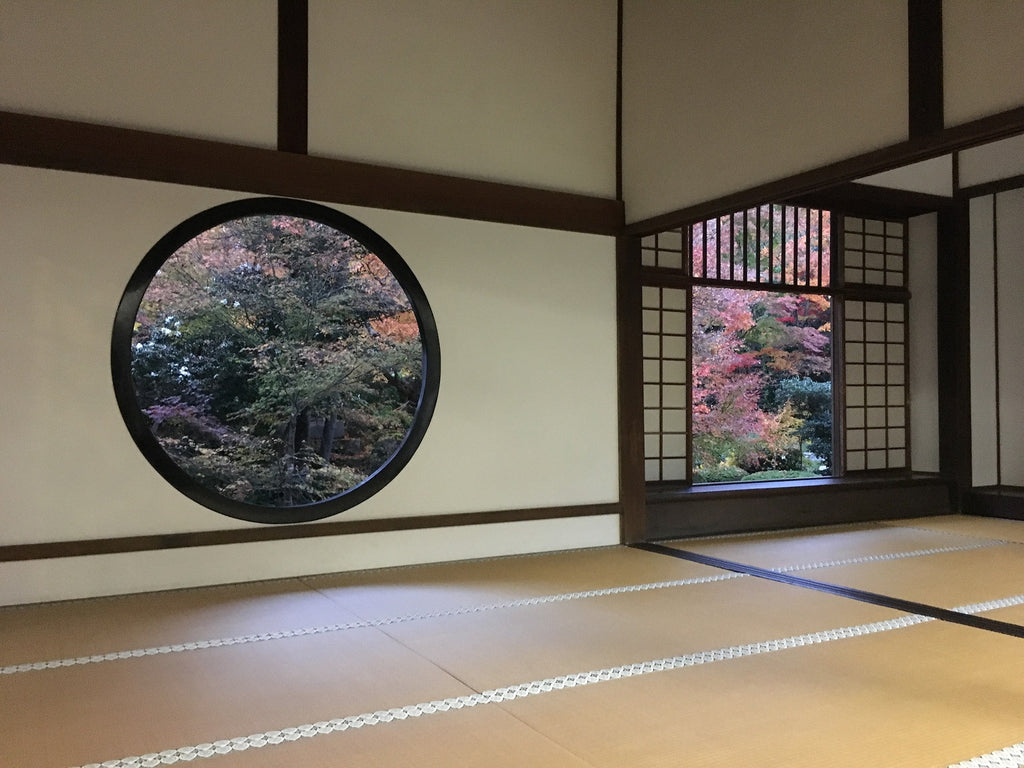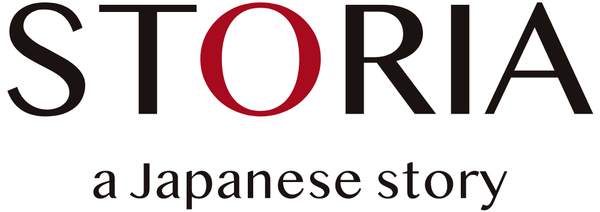The production of handmade Japanese “Washi” paper, which requires sophisticated techniques to make, is one of the traditional crafts that Japan is proud of. It is also registered as a UNESCO Intangible Cultural Heritage and is highly regarded worldwide. Let's take a look at its over 1400 years of history and tradition.
History of Washi
The oldest paper in the world today is hemp paper with maps on it, discovered in 1986 in Houvatan, Gansu Province, China, and estimated to be from around 179 BC to 142 BC.
At that time, paper making was done through trial and error, but around 105 AD, a Chinese official Cai Lun established a method for making paper. It is said that a papermaking method was devised using waste such as bark, hemp rags, and torn fishing nets, and was delighted to be presented to the emperor. In other words, the paper we know today was originally a recycled product.
It is believed that the paper manufacturing method was introduced to Japan by a Goguryeo monk Dongcho in 610. Subsequently, improvements were made to the raw materials and manufacturing methods, leading to the development of Japan's original Washi paper. As Buddhism spread in the Asuka period, the demand for paper as a material for copying Buddhist sutras increased.
In the Heian period, the arts that used Washi paper prospered among aristocrats, such as Poetry, Sino-Japanese, Shodo calligraphy, and picture scrolls. It was also used in classical Japanese literature such as "The Pillow Book" and "Genji Monogatari". During the Kamakura and Muromachi periods, the use of Washi paper spread among samurai as well, but it was still out of reach of the general public.
In the Edo period, papermaking spread to various places as a side business of farmers, so that the production of Washi paper increased rapidly and the price dropped. In this way the usage of Washi paper blended into the lives of ordinary people, for Kawaraban newspaper, Ukiyo-e picture, Karuta game, Japanese umbrella, and dust paper. It was the golden age for Washi.
The production of Washi paper started to decline, however, impacted by the import and spread of mass-produced Western paper in the Meiji era. Recently, the cultural and traditional values and characteristics of Washi paper have been recognized again. In 2014, the technique of handmade Washi paper was registered as an intangible cultural heritage and is attracting attention from countries around the world.

Silk 500 years, Washi 1000 years
Compared to mass-produced Western paper made from wood pulp, Washi paper is handmade and uses bark (wood skin) fibers. Each of three main materials, kozo, mitsumata, and ganpi, contains long and tough fibers that not only makes Washi thin and durable but also make its finish glossy.
In the handmade method, the boiled raw materials is poured into a board called Sugeta and turned into Washi by shaking it back and forth and left and right. Skilled and advanced technology is required to complete. It is highly durable because it is made by entwining thick and long fibers by hand, and there is even an expression which refers to the durability of Washi: "silk 500 years, Washi 1000 years".
In addition, Washi paper absorbs moisture and water very well to adjust humidity, so it has been used for fittings such as shoji screens, fusuma doors, and byobu screens. Its versatility is widely known, and it has been incorporated into various forms in today's life.

World-recognized "Echizen Washi"
One of the major three Washi papers is Echizen Washi from Echizen City, Fukui Prefecture. There is a legend that about 1500 years ago, a beautiful princess appeared in the village of Okamoto River and taught the technique of papermaking.
Echizen washi has a long history among others nationwide, and was highly valued as a sutra-copying paper in the Nara period. From the Muromachi period to the Edo period, "Echizen Hosho" and "Echizen Torinokoshi" were used as official papers for court nobles and samurai classes, and spread throughout the country. Both are now important intangible cultural properties of the country.
Echizen Washi in ecru color, made of carefully selected natural materials and by craftsmen one by one, has elegance and warmth on top of its quality. In the Edo period, the government allowed to put the stamp “Gojo tenkaichi” on the paper to show it is the best Washi paper in Japan. In modern times, it is loved by many famous artists such as Taikan Yokoyama and Picasso, and is known all over the country. And now, it is also used for space clothing. It has established a solid position as a traditional Japanese craft.
Story related to Japanese washi paper

